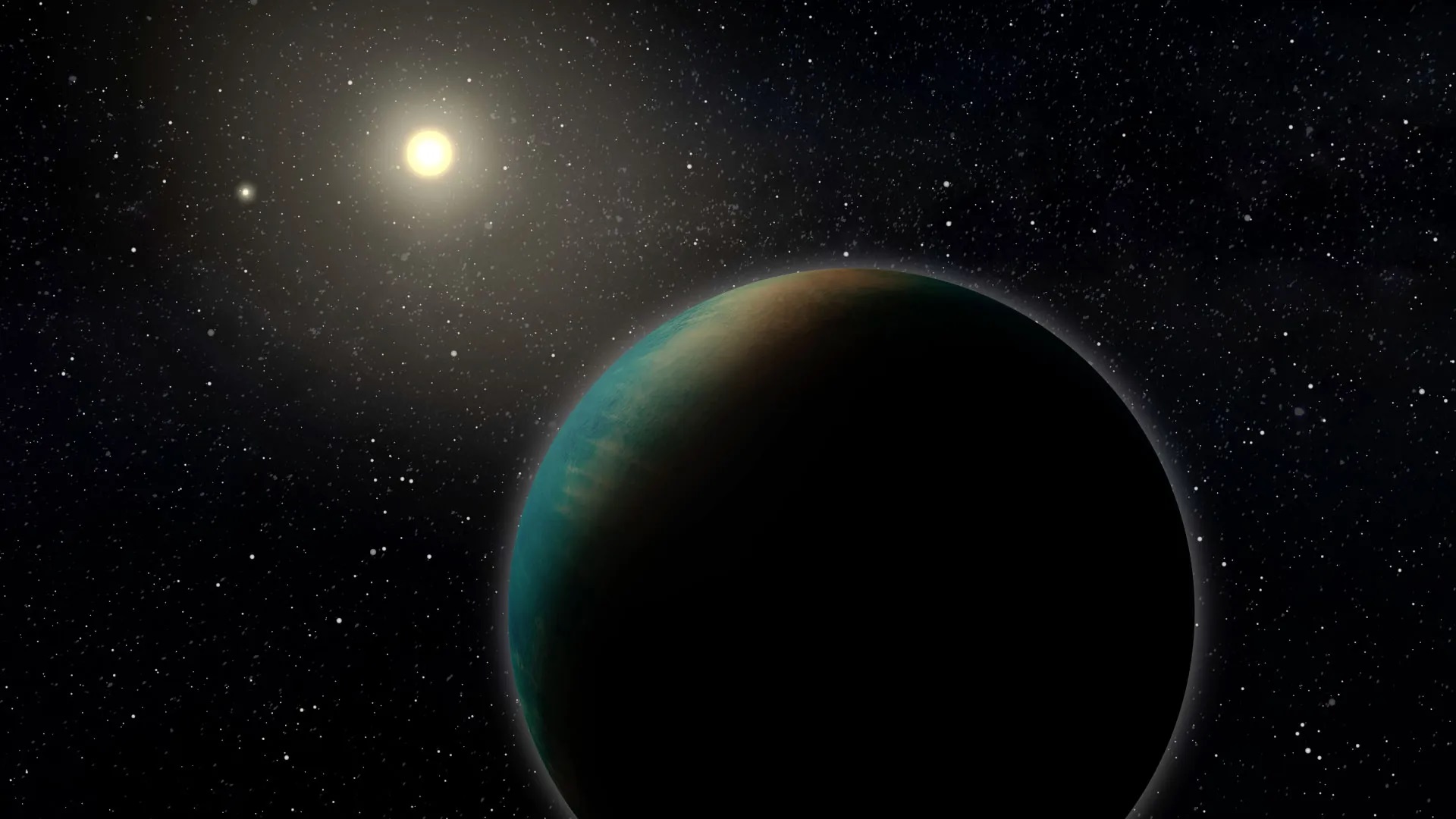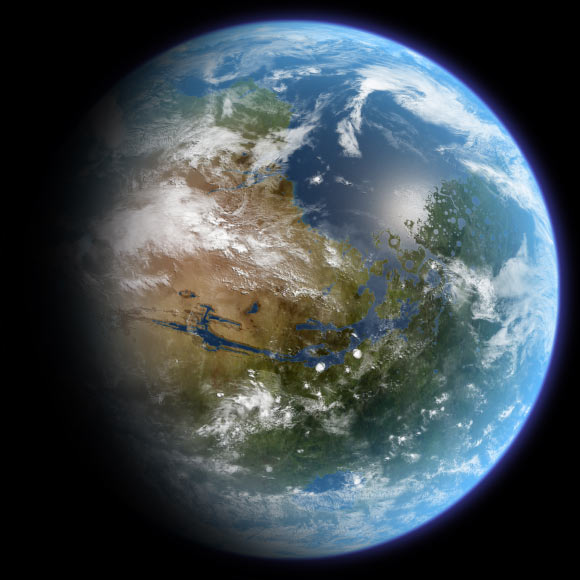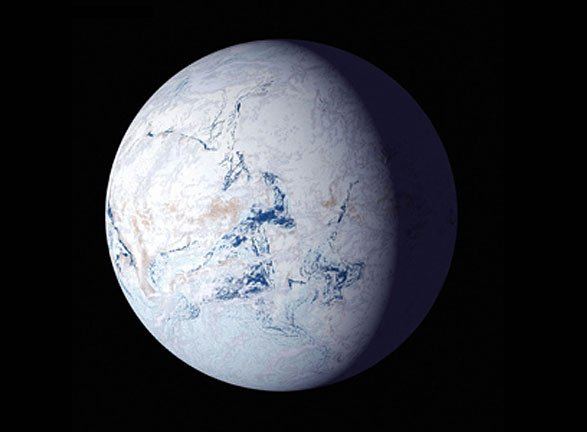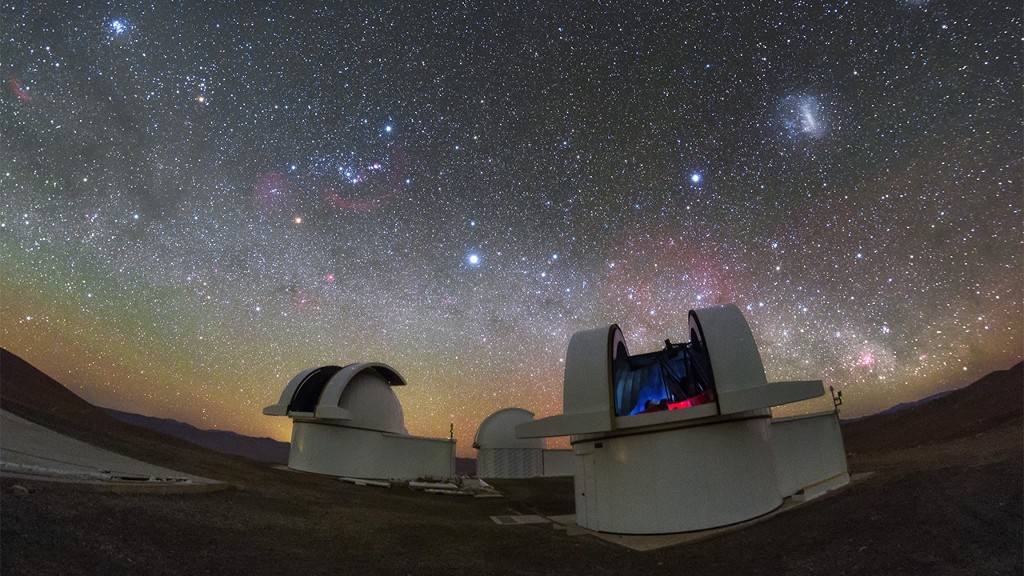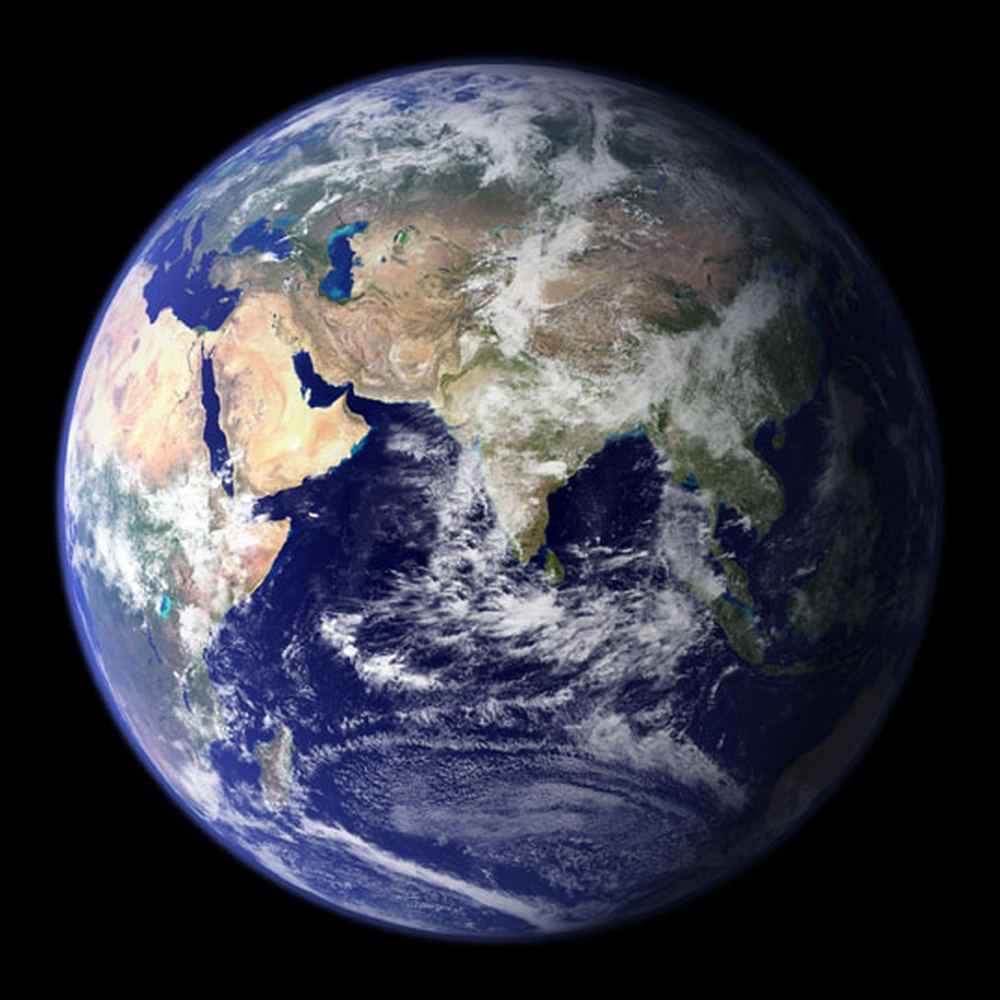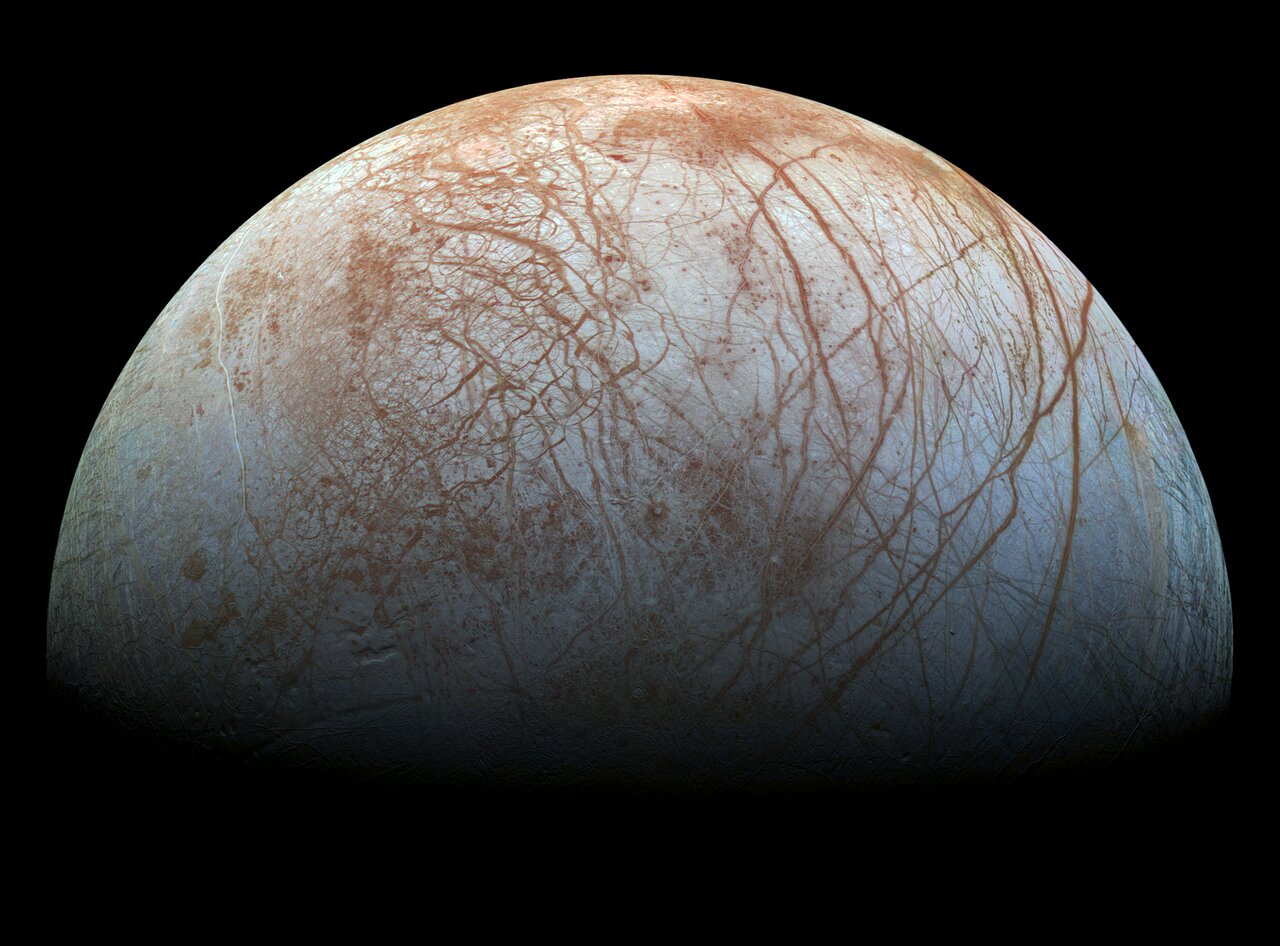Future historians might look back on this time and call it the ‘exoplanet age.’ We’ve found over 5,000 exoplanets, and we’ll keep finding more. Next, we’ll move beyond just finding them, and we’ll turn our efforts to finding biosignatures, the special chemical fingerprints that living processes imprint on exoplanet atmospheres.
But there’s more to biosignatures than atmospheric chemistry. On a planet with lots of plant life, light can be a biosignature, too.
Continue reading “Worlds Bustling With Plantlife Should Shine in a Detectable Wavelength of Infrared”
